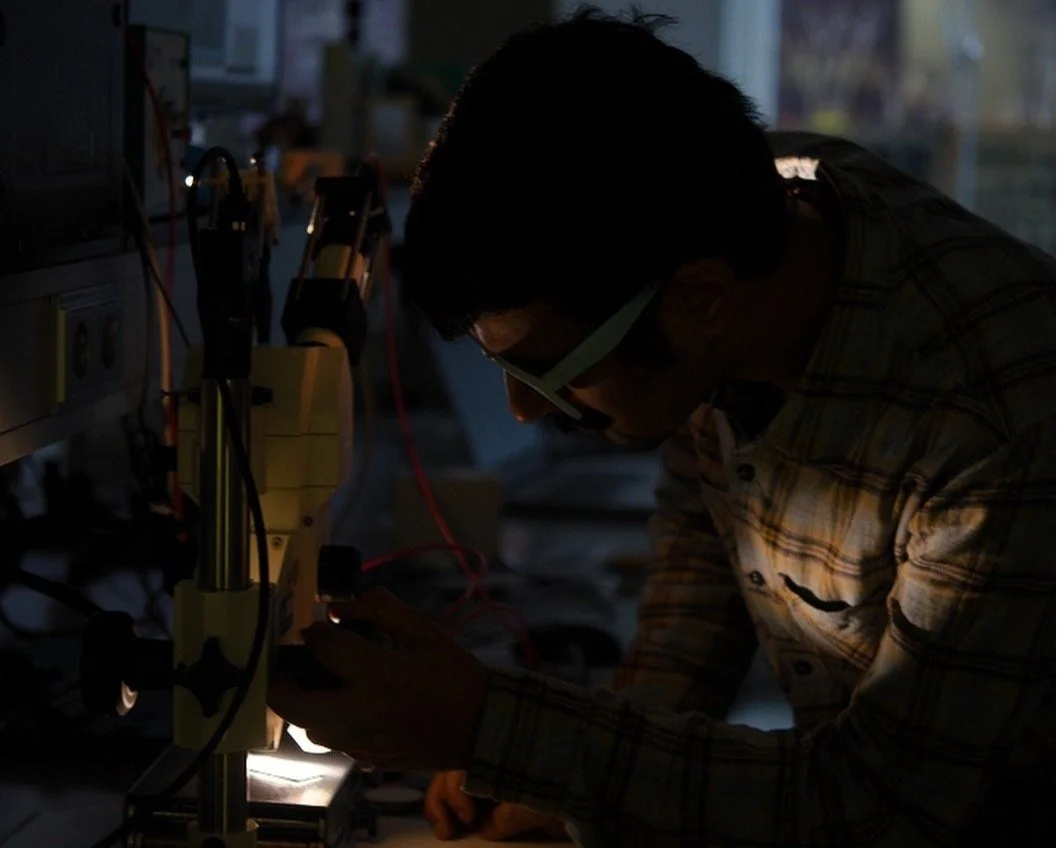Alumnus Update: Thupten Kelsang
In this week’s post 2015 scholar Thupten Kelsang talks about the ownership of cultural heritage and repatriation of Tibetan objects.
Workshop session at the British Museum (2018)
Whether it’s the Bronzes from Benin, the Parthenon Marbles from Greece or the Moai Statue from Easter Island, debates around ownership of cultural heritage and repatriation have been raging on till this day. And recently, these debates have become increasingly visible in the public domain, leading up to attempts being made to redefine ‘museum’ itself (at the recently concluded International Council of Museums meeting in Kyoto). Since the onset of critical museology in the 1990s, it has been widely established that the museum collections of Europe are entangled in legacies of colonialism. And hence, due to the contentious nature of such collections, it is believed that it is imperative for museums to create an engagement with the communities these objects originally belonged to, as a form of symbolic reparation.
Image of the case display in Pitt Rivers curated by Thupten (Aug 2018 - Jan 2019)
While these developments have become almost standardised in museum practice as well as theory, they are still uneven, fragile and incomplete. For instance, these symbolic reparations and/or object repatriations are enacted either between nation-states or between Indigenous communities and a settler state (e.g. Maori and New Zealand). These frameworks exclude cases such as Tibetan collections, which is complicated due to its entangled geo-politics. However due to multiple waves of extraction of Tibetan objects from Tibet, the majority of Tibetan material heritage lies outside Tibet, with a major chunk of it being accessioned in museum collections in the ‘West’. Hence it is imperative that these exiled Tibetan objects can be reunited with the exile Tibetan community dispersed across the world (with the majority resident in India), who lack access to their own material heritage.
Archival Research (PRM, 2018)
Grounded in this context, my doctoral research in the department of Anthropology at Oxford focuses on Tibet collections in museums (across the UK) and how they possess embedded potential to create engagement, discourse and sustainable modes of cultural preservation with / in / for the Tibetan community in exile. In this vein of research, I have organised museum workshops for Tibetans as well as curated a display (Tibetan Objects in Transition) in the Pitt Rivers Museum. Also, in sync with my research premise, I am currently advising and collaborating with museums on issues such as community engagement and contemporary collecting. I recently co-convened a panel ‘Re-thinking Tibetan Art’ along with my supervisor (Professor Clare Harris) at the International Association of Tibetan Studies Conference in Paris.
My current work and research has only been possible due to my time as an Inlaks Scholar studying at the School of Oriental & African Studies (SOAS). Due to support from the Inlaks Foundation, I was able to pursue a PG Diploma in Asian Art, followed by an MA in the History of Art at SOAS. These two years were the foundation which catalyzed my current research as well as museum practice. Through it, I was able to gain significant momentum which enabled me to gain two master’s degrees (MA in History of Art at SOAS & MSc in Visual, Material and Material Anthropology at Oxford) and progress to doctoral research consecutively.
Workshop session at the PRM (2018)
Firstly, the diploma was a perfect fit for me, with its precise balance of theory and practice in the curriculum. For instance, the numerous object reviewing and handling sessions formed an integral part of the object-oriented learning process. From Mughal spinels to folios from Dunhuang, we had the opportunity to experience a breath of pan-Asian material culture, which would be difficult if not impossible to access under ordinary circumstances. With this experience, I was able to easily transition to my MA in History of Art where I took modules in Tibetan Art, Contemporary Art & Museum Studies.
It was during my MA at SOAS, I was able to gauge the sheer scale of the Tibetan collections in museums here (UK). It quickly became evident that while Tibetan material culture enjoys immense popularity with the 'objects' being circulated, collected and interpreted (in museums and academia as well as the art market), there has been an acute absence of Tibetan voices till now. Hence, my research and work hopes to work towards forging long term and mutually-supportive relationships between museums and Tibetans. And particularly creating dialogue which extends beyond the scope of being mediated by anyone, in the hope that these become embedded into museum practice(s) for working with Tibet Collections.
Cover Image: Thupten speaking at an evening event at the Pitt Rivers Museum (2019)
Images courtesy Thupten Kelsang










